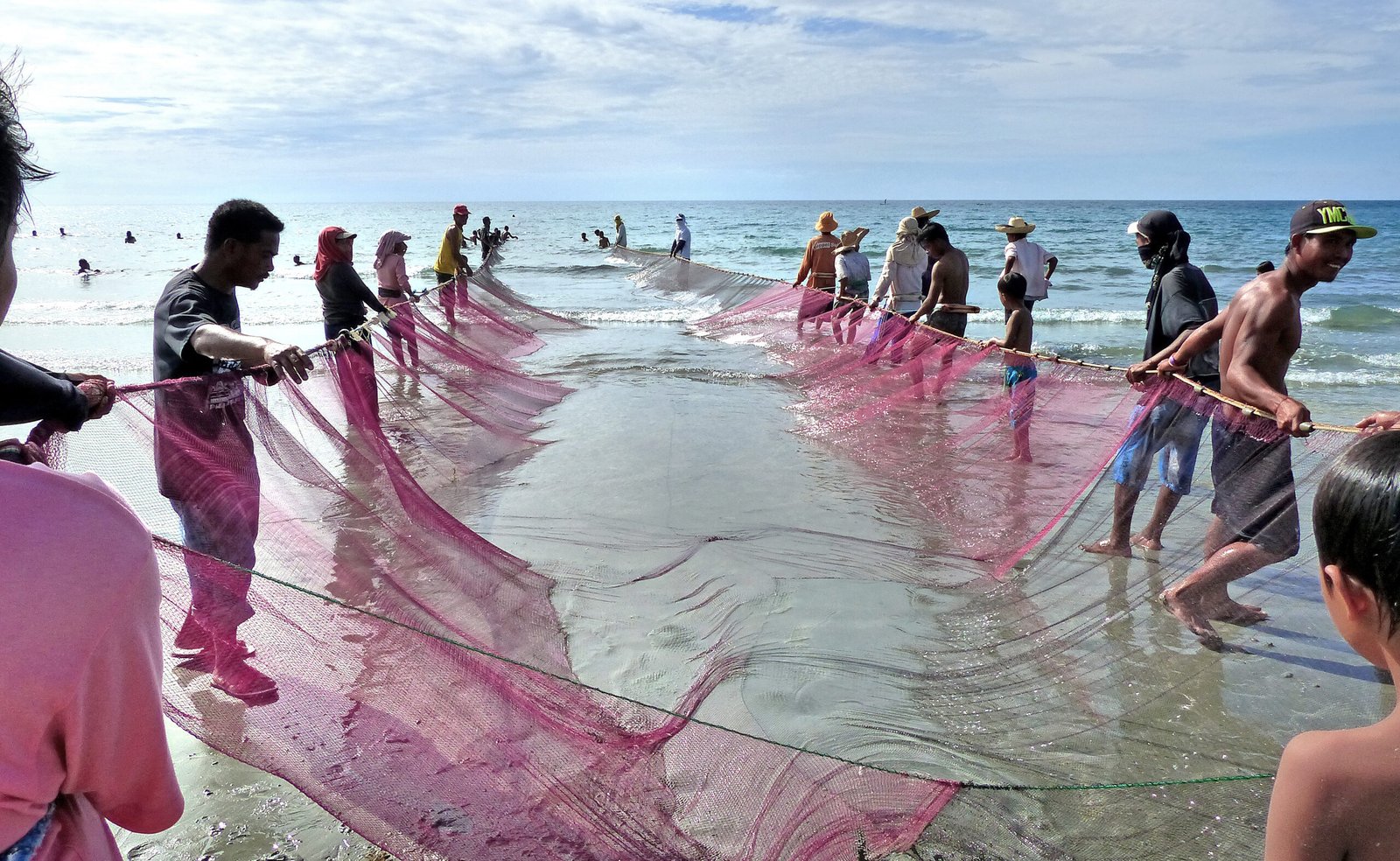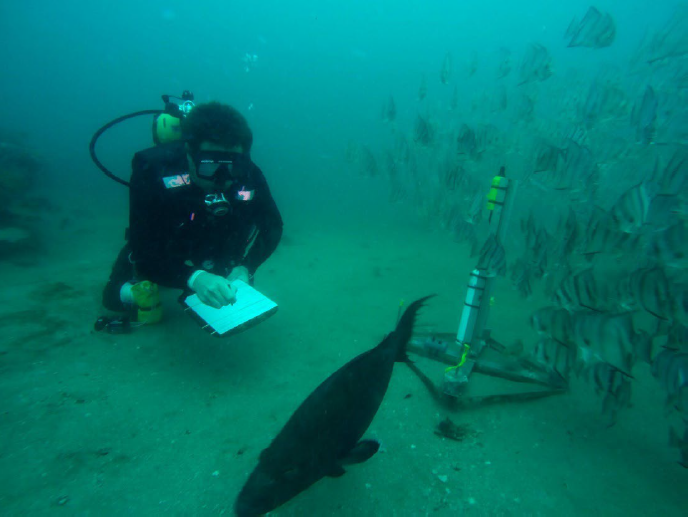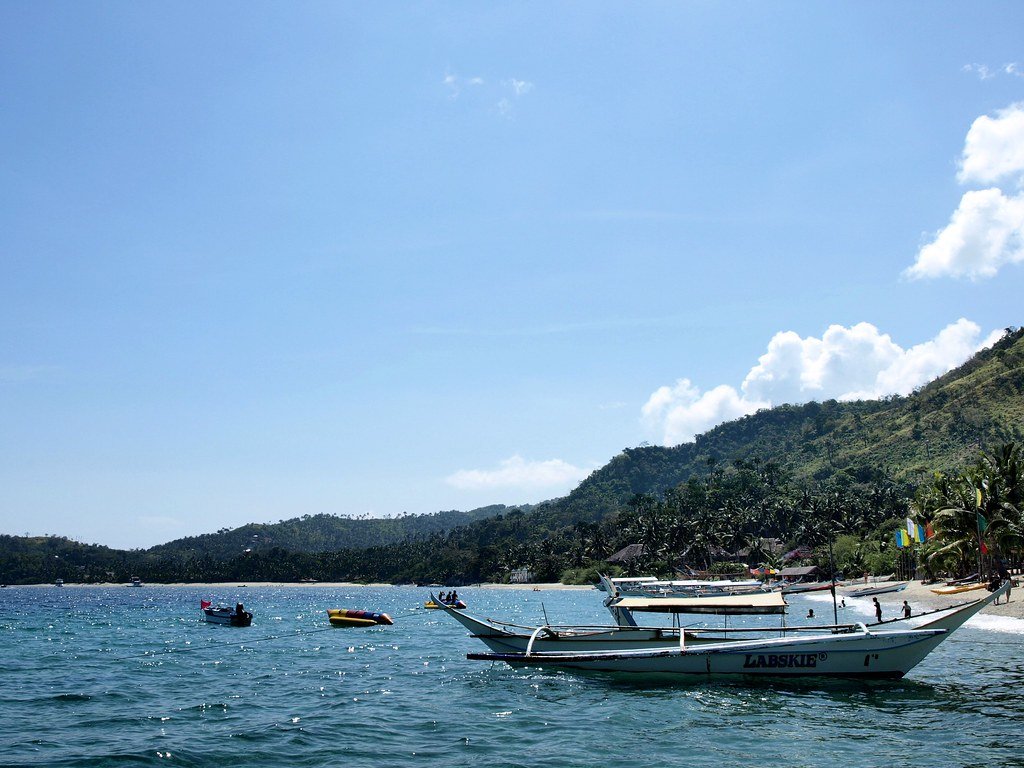In the heart of Southeast Asia, the Philippine archipelago, with its vast and rich marine biodiversity, faces a daunting adversary: illegal fishing. This unlawful practice not only threatens marine life but also endangers the livelihoods of countless local fishermen. Yet, amid this challenge, a beacon of hope emerges through the innovative use of technology. By leveraging advanced tools and systems, the Philippines is taking significant strides in curbing illegal fishing activities. This article delves into the technological advancements reshaping the nation’s approach to safeguarding its marine resources.
The Menace of Illegal Fishing

Illegal fishing in Philippine waters is a multifaceted issue. It encompasses practices such as using illegal gear, fishing in protected areas, and exceeding catch limits. These activities disrupt the delicate balance of marine ecosystems, leading to the depletion of fish stocks and the destruction of coral reefs. For instance, dynamite fishing, a method still employed by some, devastates not only the targeted fish but also the surrounding marine environment. The consequences of such practices are dire, threatening both biodiversity and the economic stability of coastal communities reliant on fishing.
Satellite Surveillance: A Bird’s Eye View
One of the most promising technological interventions is the use of satellite surveillance. By deploying satellite imagery, authorities can monitor vast expanses of oceanic territory in real time. This bird’s eye view allows for the detection of suspicious activities, such as the sudden congregation of fishing vessels in prohibited zones. Satellites can provide critical data on vessel movements, enabling rapid response teams to intercept illegal fishing operations. This technology acts as a deterrent, as potential offenders are aware that their actions are being watched from above.
Vessel Monitoring Systems (VMS)

Vessel Monitoring Systems are pivotal in tracking the movement of fishing boats. By equipping vessels with transponders, authorities can receive real-time data on their location, speed, and trajectory. This information is invaluable in ensuring compliance with fishing regulations. For instance, if a vessel deviates into a no-fishing zone, alerts can be triggered, prompting immediate action. VMS technology fosters accountability among fishermen, as it leaves a digital footprint of their activities, making illegal operations increasingly risky.
Drone Technology: Eyes in the Sky
Drones offer another layer of surveillance, complementing satellite and VMS technologies. These unmanned aerial vehicles can be deployed swiftly to monitor specific areas, providing high-resolution imagery and videos. Drones are particularly effective in coastal regions where illegal fishing is rampant. Their flexibility and mobility allow them to cover large areas quickly, capturing evidence that can be used in legal proceedings. Furthermore, drones can be equipped with thermal imaging to identify vessels operating under the cover of darkness.
Artificial Intelligence and Big Data
Artificial Intelligence (AI) and Big Data analytics are transforming the way illegal fishing is detected and addressed. By analyzing vast datasets, AI can identify patterns and anomalies indicative of illegal activities. For example, AI algorithms can predict hotspots for illegal fishing based on historical data, allowing authorities to allocate resources more efficiently. Moreover, machine learning models can improve over time, becoming more adept at differentiating between legal and illegal activities. The integration of AI with other technologies enhances the overall effectiveness of anti-illegal fishing initiatives.
Community-Based Monitoring Systems
Technology is also empowering local communities to take an active role in protecting their marine resources. Community-based monitoring systems utilize mobile applications to report illegal activities. Fishermen and local residents can use these apps to log sightings of suspicious vessels or activities, creating a network of informed citizens. This grassroots approach fosters a sense of ownership and responsibility among communities, as they become stewards of their own waters. The data collected can be shared with authorities, forming a collaborative effort to combat illegal fishing.
Acoustic Monitoring Systems

Acoustic monitoring systems offer an innovative approach to detecting illegal fishing. By deploying underwater microphones, authorities can listen for sounds associated with illegal activities, such as the distinctive noise of dynamite explosions. These systems can operate continuously, providing 24/7 surveillance of critical areas. When suspicious sounds are detected, alerts can be sent to enforcement agencies, enabling rapid response. Acoustic monitoring is particularly useful in remote or hard-to-reach areas where traditional surveillance methods may be challenging to implement.
Blockchain Technology for Traceability

Blockchain technology is revolutionizing the traceability of fish products from sea to table. By creating a transparent and immutable record of each fish’s journey, blockchain ensures that only legally caught fish enter the market. Consumers can scan QR codes to access information about the fish’s origin, catch method, and journey through the supply chain. This traceability not only deters illegal fishing but also builds consumer trust and ensures fair trade practices. Blockchain technology empowers consumers to make informed choices, driving demand for sustainably sourced seafood.
International Collaboration and Partnerships

Combating illegal fishing is a global challenge that requires international collaboration. The Philippines is actively engaging with neighboring countries and international organizations to share information and resources. Joint patrols, data sharing agreements, and capacity-building initiatives enhance the collective ability to tackle illegal fishing. By working together, nations can create a united front against a common threat, leveraging technology to bridge geographical and jurisdictional gaps. International partnerships amplify the impact of technological interventions, ensuring a more comprehensive and coordinated response.
Education and Awareness Campaigns

Education and awareness campaigns play a crucial role in complementing technological solutions. By educating fishermen about sustainable practices and the consequences of illegal fishing, these campaigns foster a culture of compliance. Workshops, seminars, and community outreach programs equip fishermen with the knowledge and skills needed to transition to legal and sustainable fishing methods. Additionally, raising awareness among the general public about the importance of marine conservation creates a supportive environment for enforcement efforts. Education empowers individuals to become advocates for change, driving a shift towards a more sustainable future.
The integration of technology in combating illegal fishing in Philippine waters represents a transformative approach to marine conservation. By harnessing advanced tools and fostering collaboration, the Philippines is not only protecting its marine resources but also ensuring the sustainability of its fishing industry. As technology continues to evolve, it offers new opportunities to safeguard the oceans and secure the livelihoods of those who depend on them. This dynamic interplay between innovation and conservation holds the promise of a brighter future for the Philippines and its vibrant marine ecosystems.



